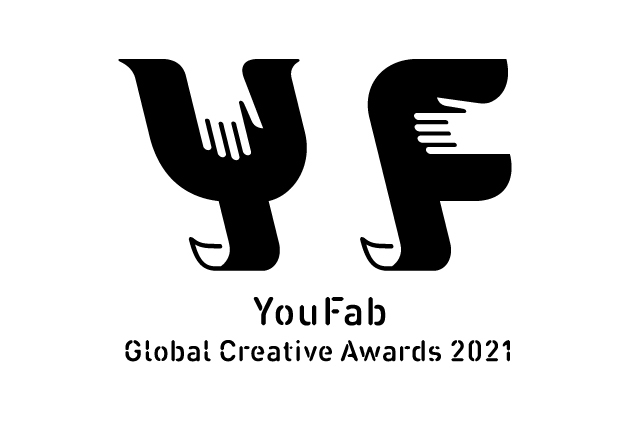-
Work Title
Carpet Matter
-
Work Title(EN)
Caroet Matter
-
Please describe the concept of your artwork in 2000 words.
Carpet is the preferred flooring solution in UK housing, nine out of ten households have carpet on their floor. But, what happens to all this carpet when the flat is renewed? The UK produces around 400,000 tonnes of carpet waste each year and because it is a composite product that was never designed for disassembly, there is only a small amount of carpet waste that is being fully recycled in a closed-loop system. Unfortunately, the rest of it is sent to incinerators or deposited in landfills.
Historically carpet has been made using wool but in recent years the natural fibre has been replaced with petroleum-based fibre, mainly Nylon and Polypropylene both thermoplastic materials. Through hands-on experimentation and material research into synthetic materials, working as an alchemist with ingenuity and persistence, I have developed a technique that allows me to reshape and repurpose this material for the creation of new design artefacts, avoiding carpet ending up in dumpsites.
My final output is a collection of tables made using carpet waste collected from local shops or found in the streets of London. The aims of this project are to raise environmental awareness and demonstrate how a wasted material can be transformed into something valuable and usable again. -
Please describe the concept of your artwork in 2000 words. (EN)
Carpet is the preferred flooring solution in UK housing, nine out of ten households have carpet on their floor. But, what happens to all this carpet when the flat is renewed? The UK produces around 400,000 tonnes of carpet waste each year and because it is a composite product that was never designed for disassembly, there is only a small amount of carpet waste that is being fully recycled in a closed-loop system. Unfortunately, the rest of it is sent to incinerators or deposited in landfills.
Historically carpet has been made using wool but in recent years the natural fibre has been replaced with petroleum-based fibre, mainly Nylon and Polypropylene both thermoplastic materials. Through hands-on experimentation and material research into synthetic materials, working as an alchemist with ingenuity and persistence, I have developed a technique that allows me to reshape and repurpose this material for the creation of new design artefacts, avoiding carpet ending up in dumpsites.
My final output is a collection of tables made using carpet waste collected from local shops or found in the streets of London. The aims of this project are to raise environmental awareness and demonstrate how a wasted material can be transformed into something valuable and usable again. -
Work Specification
Material: Synthetic carpet waste
Dimensions: CM Side Table AP1-2 450x450 h470mm
CM Stool AP1 600x300 h400mm
CM Coffe Table AP1 650x550 h550mm
CM Coffe Table AP2 650x550 h370mm -
Work Specification(EN)
-
Media CoverageURL
https://www.designindaba.com/articles/creative-work/we-interview-climate-conscious-riccardo-cenedella-upcycling-carpet-waste
-
Video URL
https://vimeo.com/562895811
-
Your OfficialURL (Website, Instagram, Facebook)
https://riccardocenedella.com/
-
Please describe how your work relates to the theme of the special prize.
In the era we are living in, the Anthropocene, human has become consumeristic machines and most of the time he don't even question how all the objects that surround us are made. We are now used to buying it online and having it ready, waiting at our doors, the day after.
I started my project by tapping into my skills and passions, I wanted to make something that I really care about and experience something new.
I have always been enthusiastic about making and building things by myself. I feel the urge to make and create objects. I enjoy the process, the feeling of dust on my hands and being able to say: I made this! Besides, I feel like I create an intimate connection with this object and the perceived value is infinite. Is exactly this connection that I believe will bring us to a more responsible behaviour towards materiality and objects.
As one of my always present references Enzo Mari says in his book "Autoprogettazione?" (which can roughly be translated as self-made),
making objects ourselves, on a human dimensions scale, may help to understand how industrial products work and help to develop a critical eye towards them.
The technique to being employed in order to build the furniture is elementary, yet very educative and inspiring for the reader/user to understand the basic structural component of an object.
In my practice, I decided to merge these two aspects of my personality (sustainability and hand-made) experimenting with a hands-on approach to research the possibilities to transform waste into functional objects. For my project Carpet Waste, I worked as an alchemist, with ingenuity and persistence, to develop a technique that allows me to reshape and repurpose this material for the creation of new design artefacts, avoiding carpet waste ending up in dumpsites.
We should make do with whatever is at hand.
- 29


